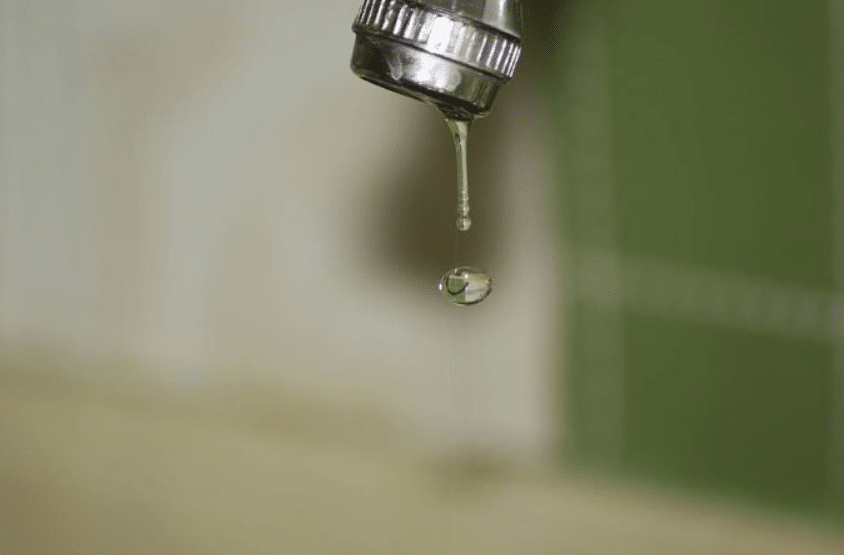Revealing the Primary Sources of Water Leaks Within The House
Revealing the Primary Sources of Water Leaks Within The House
Blog Article
We have stumbled upon this article about How to Find Water Leaks below on the web and believe it made sense to discuss it with you here.

Leaks not just trigger waste of water yet can additionally create unneeded damages to your home and also advertise unwanted organic development. By looking and understanding for daily scenarios that cause leaks, you can shield your home from future leakages and also unneeded damage.
Instant temperature modifications.
Extreme temperature level modifications in our pipelines can trigger them to increase and get unexpectedly. This growth and tightening might cause splits in the pipelines, especially if the temperature level are listed below freezing.
Corroded water supply
This might be the cause of staining or bending on your water pipes. If our plumbing system is old, take into consideration replacing the pipelines given that they are at a greater risk of corrosion than the more recent models.
Faulty Pipe Joints
The factor at which your pipelines link is regularly the weakest link in the waterline. Pipe joints can wear away in time, causing water leaks. However, the majority of pipe joints are not conveniently noticeable. If you have loud pipelines that make ticking or banging sounds, specifically when the hot water is turned on, your pipe joints are probably under a lot of pressure. It is recommended to have your plumber check your system yearly.
Elbowing in roots
Most water leaks start outside the home rather than inside it. You might notice damp patches or sinkholes in your backyard, and that may imply that tree origins are invading water lines creating water to leak out.
Poor Water Connectors
At times, a leakage can be triggered by loose hoses and also pipelines that supply your devices. In situation of a water connections leakage, you might see water running directly from the supply line or puddles around your devices.
Blocked Drains
Obstructed drains pipes might be annoying and inconveniencing, yet they can in some cases wind up creating an overflow resulting in rupture pipelines. Maintain removing any type of products that might drop your drains that could block them to stay clear of such inconveniences.
All the above are sources of leakages however not all water leakages result from plumbing leaks; some leakages might come from roofing system leaks. All leakages should be repaired quickly to avoid water damage.
Leaks not only cause waste of water however can additionally trigger unneeded damage to your residence and advertise unwanted organic development. By comprehending as well as looking for day-to-day circumstances that create leakages, you can safeguard your residence from future leaks and also unnecessary damages. Today, we will certainly look at six leakage causes that may be creating your pipes to trickle.
At times, a leakage can be caused by loosened tubes and pipes that provide your appliances. In case of a water connections leakage, you might see water running directly from the supply line or puddles around your home appliances.
How To Check For Water Leak In Your Home
How To Check for Leaks
The average household's leaks can account for nearly 10,000 gallons of water wasted every year and ten percent of homes have leaks that waste 90 gallons or more per day. Common types of leaks found in the home are worn toilet flappers, dripping faucets, and other leaking valves. These types of leaks are often easy to fix, requiring only a few tools and hardware that can pay for themselves in water savings. Fixing easily corrected household water leaks can save homeowners about 10 percent on their water bills.
To check for leaks in your home, you first need to determine whether you're wasting water and then identify the source of the leak. Here are some tips for finding leaks:
Take a look at your water usage during a colder month, such as January or February. If a family of four exceeds 12,000 gallons per month, there are serious leaks.
Check your water meter before and after a two-hour period when no water is being used. If the meter changes at all, you probably have a leak.
Identify toilet leaks by placing a drop of food coloring in the toilet tank. If any color shows up in the bowl after 10 minutes, you have a leak. (Be sure to flush immediately after the experiment to avoid staining the tank.)
Examine faucet gaskets and pipe fittings for any water on the outside of the pipe to check for surface leaks.
Undetected water leaks can happen without the home or business owner even realizing. If you suspect a water leak, but not able to find the source. It is time to contact a professional water leak detection service, The Leak Doctor.
How To Find a Water Leak In Your Home
https://www.leakdoctor.com/blog/How-To-Check-For-Water-Leak-In-Your-Home_AE197.html

We were made aware of that write-up about Common Water Leaks In House from a friend on another website. Enjoyed our piece? Please share it. Help somebody else discover it. I recognize the value of reading our article about Common Water Leaks In House.
Top plumbers, call! Report this page